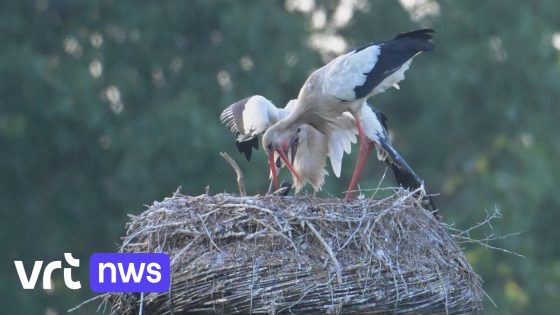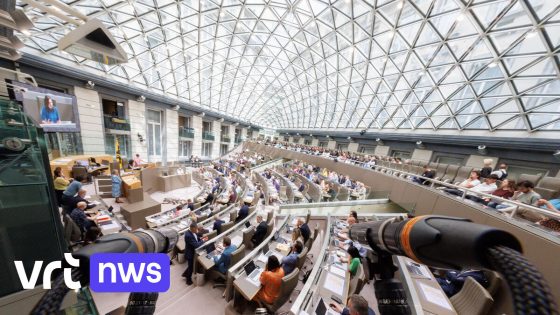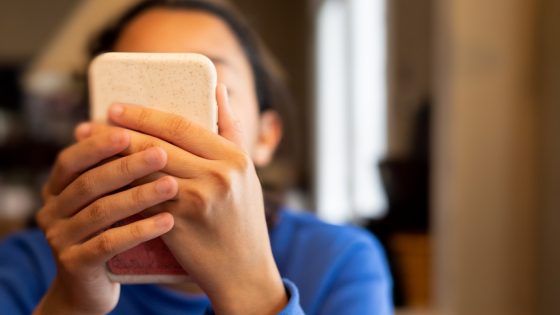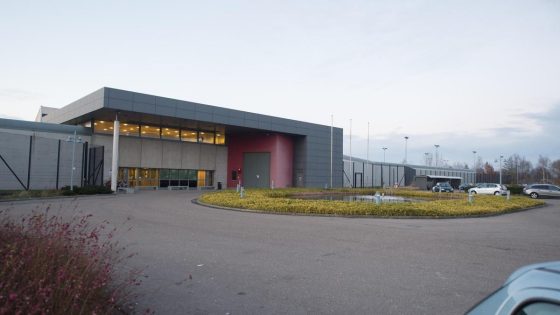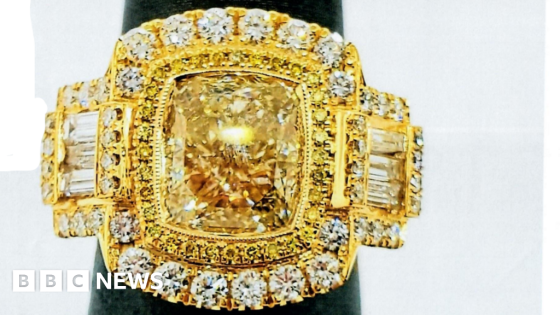In Belgium, wildlife is increasingly affected by pollution, as shown in a striking photo taken on 2025-07-30 17:24:00 in the Webbekoms Broek nature reserve near Diest. A stork couple was feeding their chick, but instead of a natural prey like a mouse or frog, the chick was offered a discarded can. This unsettling image highlights how litter is infiltrating even the most remote natural habitats.
- Ooievaars voeren jong met afvalitem.
- Fotograaf documenteert vervuiling in natuur.
- Afval bereikt dieren nesten in Webbekoms Broek.
- Natuurgids waarschuwt voor vervuilingsimpact.
- Vervuiling schokt en vraagt dringende aanpak.
Stork expert and nature guide Luc Cieters expressed his shock at the scene, emphasizing the urgent need to tackle pollution. How can we allow our beautiful Belgian landscapes and wildlife to suffer from such careless waste? What steps can communities take to prevent nature from becoming a dumping ground?
This incident serves as a stark reminder of the growing environmental challenges faced by Belgium’s ecosystems, urging immediate action to protect native species and their habitats.
What does this incident reveal about human impact on nature? It shows that pollution is no longer confined to urban areas but reaches deep into wildlife habitats, endangering animals that rely on clean environments. The photo raises important questions about responsibility and awareness:
- How can local authorities improve waste management near natural reserves?
- What role can citizens play in reducing litter?
- Are educational campaigns sufficient to change behaviour?
- How can nature guides like Luc Cieters help raise awareness?
Belgium must act now to protect its natural heritage. By increasing clean-up initiatives and promoting responsible behaviour, we can ensure that future generations witness storks feeding their young with nature’s bounty—not our rubbish.



